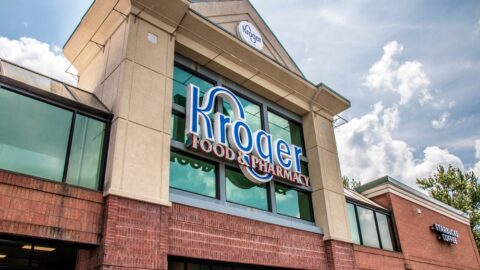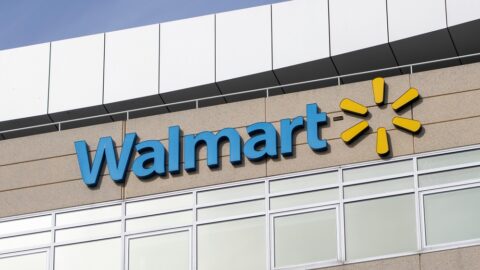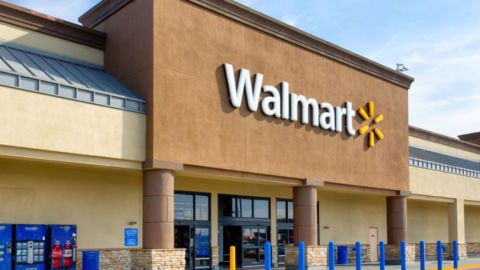Cheaper food certainly makes grocery shoppers happier as they exit the checkout lane, but America’s largest supermarket chain isn’t feeling the same positivity. Kroger reported an 8.6% net loss in its Q3 earnings report, with net income dropping to $391 million from $428 million for the same period last year.
The Q3 report revealed that the supermarket:
-
Cut the high end of its expected full year earnings guidance from $2.13 to $2.08 per diluted share;
-
Increased total sales 5.9% to $26.6 billion from $25.1 billion last year; and
-
Expects the current state of food pricing to continue into the first half of 2017.
The lower food prices have brought plenty of foot traffic to Kroger, but they are also eating into the supermarket’s profit margins. While not normally a cause for concern in a growing economy, deflated prices have been prevalent throughout 2016.
The Consumer Price Index, which gauges monthly data on price changes across numerous consumer commodities such as food, energy, transportation and medical care, revealed that supermarket food prices fell 0.2% in October. Known as the “food at home index,” this supermarket and grocery category experienced its sixth consecutive month-to-month decline. But that’s not all; year-over-year prices have dropped 2.3%, with each of the past 11 months decreasing from the prior year.
“I am proud of our associates for continuing to connect with our customers in a difficult operating environment,” said Rodney McMullen, CEO of Kroger in a statement. “Deflation persisted as we expected during the quarter. We are firmly focused on our long-term strategy of improving our connection with customers and associates, and continue working on process changes to lower costs. We don’t change our strategy based on quarterly swings in results. We remain committed to delivering on our long-term earnings per share growth rate guidance.”
Dollar General, which also released its quarterly results, attributed its own 0.1% same store decline in part to less profitable grocery sales, so Kroger hasn’t been the only major brand heavily affected by the changes.
In the long run, Kroger shouldn’t be fazed by the results. Given the company’s dominance within grocery, shoppers are still going to continue to buy food at Kroger even if prices go up again.
But the supermarket should keep an eye on Walmart as it continues to ramp up its grocery offerings both online and in-store. Kroger recently cut prices on 1,000 of its products sold in 120 stores in response to Walmart’s lower prices, so price competition will continue to remain a factor. Although grocery makes up 56% of Walmart’s business, the retail giant still has greater flexibility to pour money into keeping its food prices low compared to supermarket chains like Kroger.
And with Aldi expanding nationally and Lidl set to open its first U.S. stores in 2018, these cheaper, no-frills brands are making it difficult for grocers to compete on price. Therefore, deflated food prices wouldn’t affect these supermarkets’ margins nearly as much as they have affected Kroger thus far.













